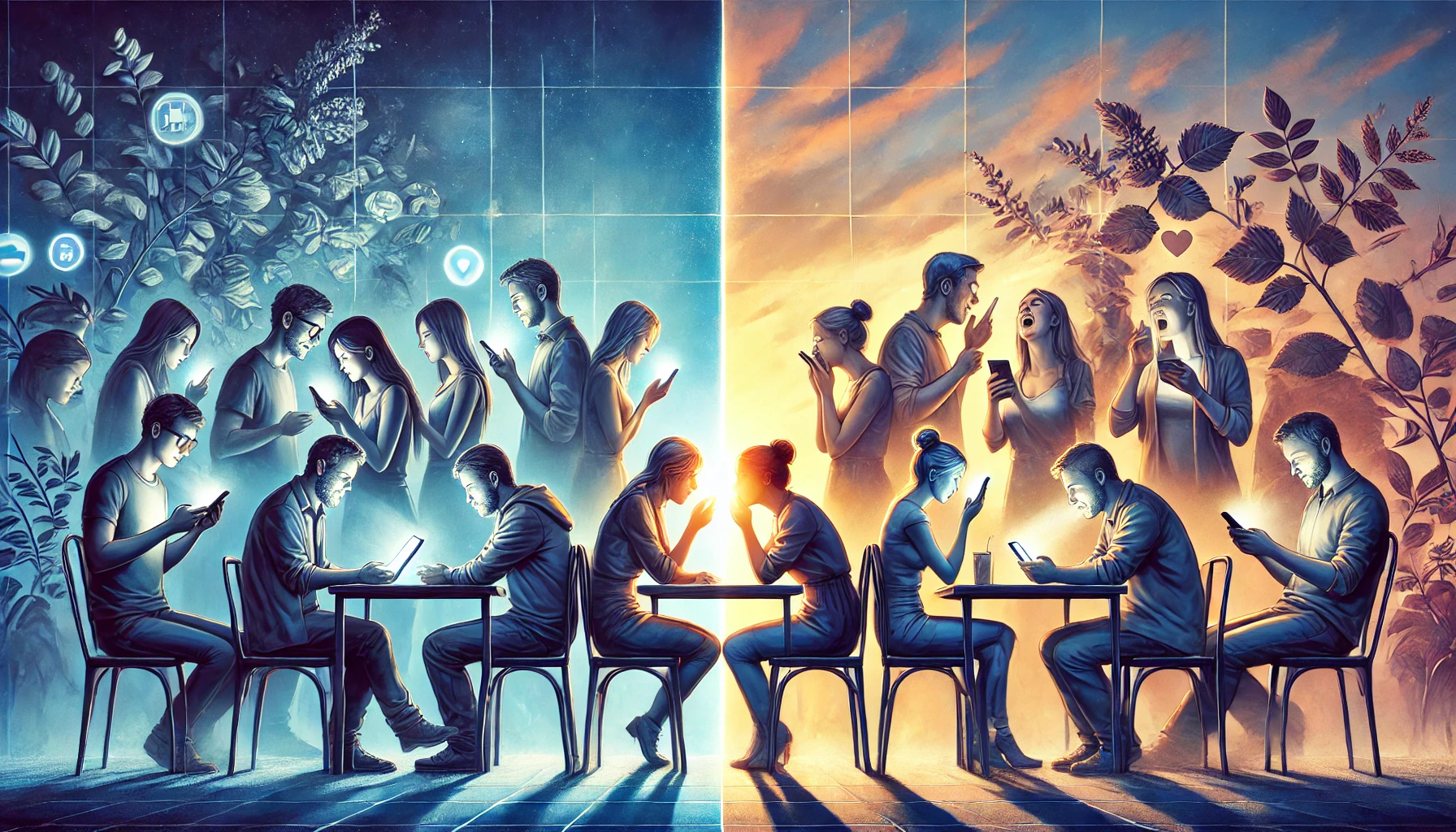Nature Anthropology
 Open Access
Open Access
ISSN: 2959-7641 (Online)
2959-7633 (Print)
An Official Journal of Shanghai Society of Anthropology
Nature Anthropology is a transnational journal devoted to researches on humankind, encompassing the full range of anthropological scholarship on human origin and diversification. Communicating across the subfields, the journal features papers in a wide variety of areas, including physical, cultural, and social anthropology as well as human genomics and phenomics, population genetics, ethnology and ethnohistory, archaeology and prehistory, folklore, and linguistics. All articles are expected to provide sufficient data and evidences to support certain solid conclusions.

























